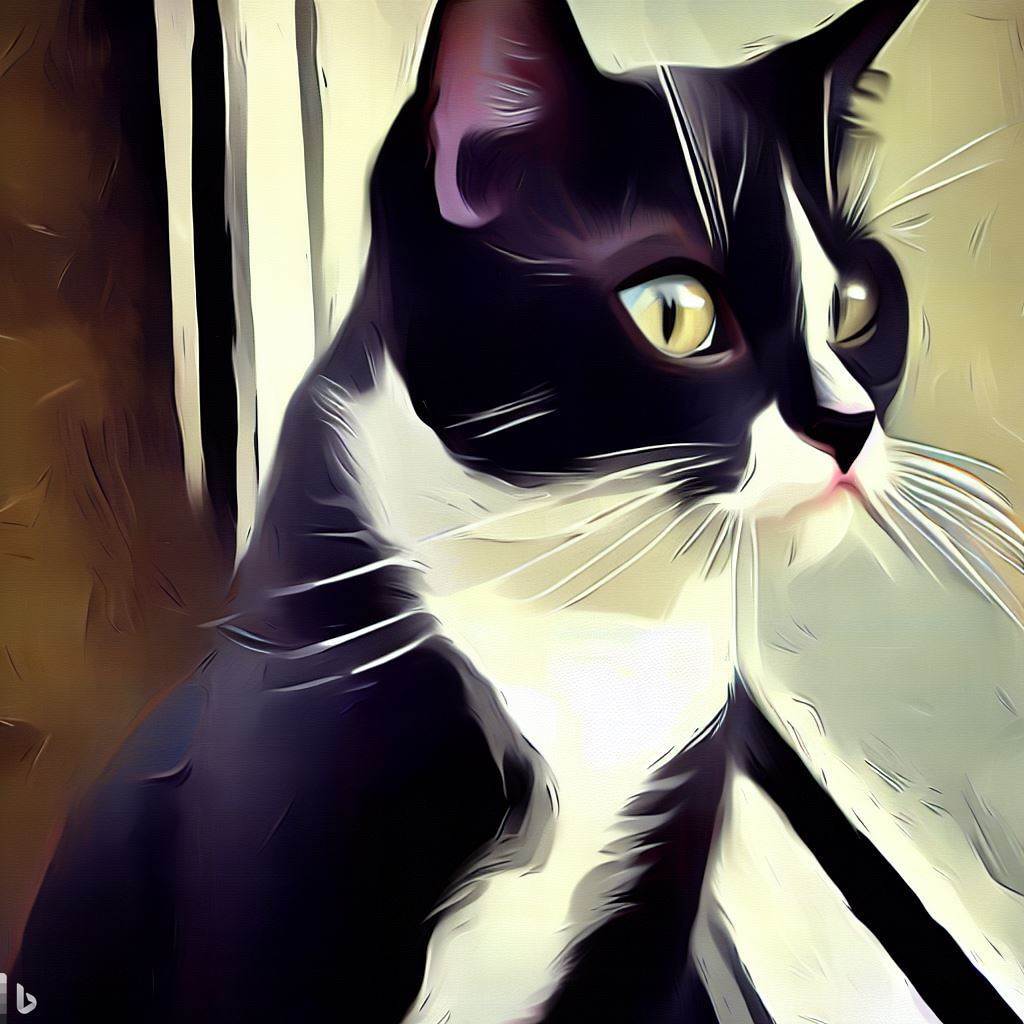Choosing the right cat food for your furry friend can be a daunting task. With so many different brands and types of food on the market, it can be hard to know where to start. One of the best ways to make an informed decision is to learn how to read a cat food label.
The first thing you'll notice on a cat food label is the product name. This is usually followed by a statement of purpose, which tells you what type of food it is. For example, a food that says "kitten food" is designed for young cats, while a food that says "adult food" is designed for older cats.
The next thing you'll see is the ingredient list. This is where you'll find out what's actually in the food. By law, ingredients must be listed in descending order by weight. So, the first ingredient is the one that makes up the largest percentage of the food, and the last ingredient is the one that makes up the smallest percentage.
It's important to pay attention to the first few ingredients on the list. These are the ingredients that make up the majority of the food, so they're the most important ones to consider. For example, if you want to feed your cat a food that is high in protein, you'll want to look for a food that lists meat or meat meal as one of the first ingredients.
After the ingredient list, you'll find the guaranteed analysis. This is a table that lists the minimum and maximum percentages of certain nutrients in the food. The nutrients that are listed in the guaranteed analysis are the ones that are most important for cats, including protein, fat, moisture, fiber, and ash.
It's important to make sure that the food you choose meets your cat's nutritional needs. For example, if your cat is an active cat, they'll need a food that is higher in calories. If your cat has a sensitive stomach, you'll need to choose a food that is made with easily digestible ingredients.
Finally, you'll want to check the expiration date on the label. This will tell you how long the food is good for after it is opened.
By following these tips, you can learn how to read a cat food label and choose the best food for your furry friend.
Here are some additional tips for reading a cat food label:
- Avoid foods that contain artificial colors, flavors, or preservatives.
- Look for foods that are made with high-quality ingredients, such as real meat and vegetables.
- Choose a food that is appropriate for your cat's age, breed, and activity level.
- Talk to your veterinarian if you have any questions about choosing the right cat food for your pet.
By following these tips, you can help to ensure that your cat is getting the nutritious diet that they need to stay healthy and happy.
